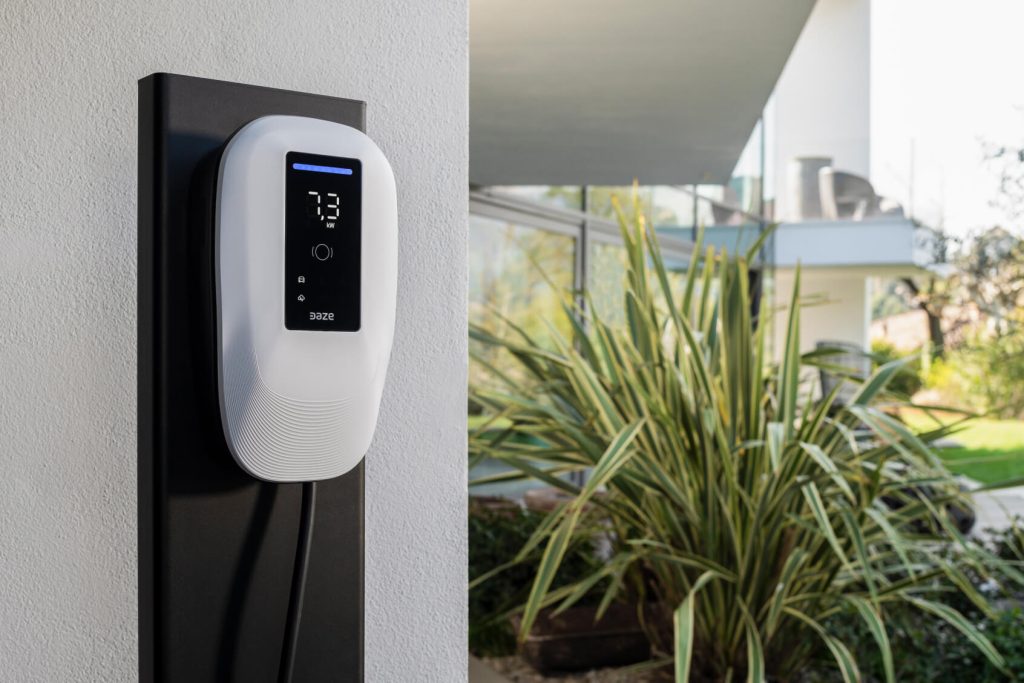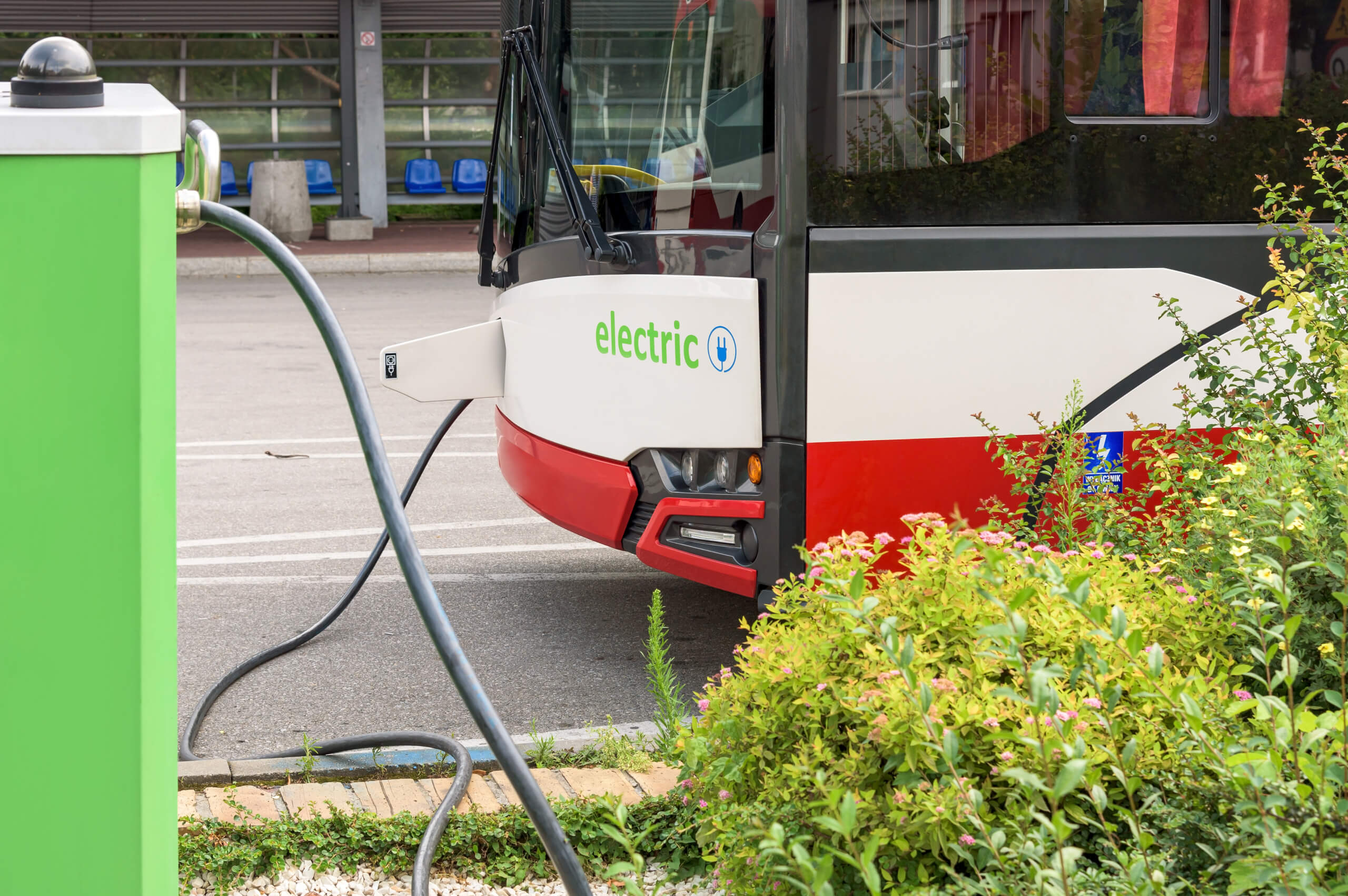The Transport & Environment (T&E) report on the sustainability and electrification of transport in Europe dates from March 2024. It is entitled State Of European Transport and, through careful analysis, offers an overview of where we are today and where we are aiming for a cleaner Europe. What emerges, first of all, is a countercurrent movement over the last 30 years regarding decarbonisation. While CO2 emissions in the agricultural and industrial sectors have decreased by 38% since 1990, climate-changing emissions from transport in Europe have increased by almost a quarter since the same year.Transport, therefore, is decreasing its pollutant emissions at a slow pace, taking three times longer than other sectors of the economy. Since 2007, their CO2 emissions have in fact decreased by only 8% and are expected to cover almost half of the total greenhouse gas emissions in the European Union by 2030. Making an important contribution in terms of pollution are road vehicles, the spread of which is regulated by the Green Deal. One of the latest regulations of the European Parliament concerns a ban on the sale of new petrol and diesel cars by 2035. One thing is certain: the future looks to electric.
Diffusion of electric vehicles
According to data from the State Of European Transport, electric is on the rise. In 2023, the sale of electric cars increased by 28 per cent compared to previous years, showing a trend of one electric car sold for every six petrol or diesel equivalents. A positive trend thus emerges, which is complemented by T&E’s forecast for the years to come, based on an observation of transport in Europe over the 2020-2030 decade. Electric cars are expected to improve over the next ten years, becoming four times more efficient than the current ones on the road. An interesting figure, if we calculate that, at present, electric cars are already three times less polluting than those with endothermic engines.
Growth in charging infrastructure
Still not enough, however. The State Of European Transport points out that 60 per cent of the cars sold each year belong to company fleets. Commercial vehicles, the paper says, would be the perfect candidates for the accelerated electrification of transport in Europe. They are subject to tax breaks, responsible for more kilometres driven, and thus more CO2 emitted, and owned by companies with the financial strength to invest in sustainable mobility. So why are only 9 countries in the EU switching their corporate fleets to electric? One of the reasons why commercial vehicles are still predominantly petrol or diesel powered is mileage. Over long distances, an electric commercial vehicle would need a lot of fast charging infrastructure at its disposal. This is where Investment 4.3 of the PNRR (National Recovery and Resilience Plan) comes in. Thanks to the Next Generation EU fund, 741 million euros are in fact available to Italy for the installation of 21,000 new charging stations in the country by 2025. Among these, 7500 on extra-urban roads with a power output of over 175kW and 13000 on urban roads with a power output of over 90kW. An incentive not to be underestimated.

Innovations in batteries and charging systems
In 2012, the National Plan for Electric Recharging Infrastructure (PNiRE) set itself the goal of developing electric recharging infrastructure networks throughout Italy. Eleven years later, its structure was complemented by the PUN (Single National Platform for Electric Vehicles). This is a computer system capable of mapping the charging stations currently present in Italy in order to offer a service to users with electric vehicles. This integration is in addition to PNiRE’s broader project to develop charging networks, modernise facilities and promote technology.
Accelerated electrification, however, also involves innovation in batteries and charging systems. Take for example Dazebox, the wall-mounted charging device for electric vehicles that comes directly to your home (Dazebox Home T, Dazebox Home S) or to shared public spaces (Dazebox Share T, Dazebox Share S). Both solutions, corded or plug-in, combine cutting-edge technological research and user-friendly design. Many functions translated into:
- Simplicity: they are quick and easy to install.
- Accessibility: schedules are programmable and access can be managed via app.
- Versatility: they can be used in all homes and shared spaces (apartment blocks, hotels, companies, car parks, etc.).
- Multi-functionality: they are available in single or three-phase versions, with a cable or with a socket.
Electricity thus makes it possible to think of mobility in a smart way, as connected, efficient, optimised and transversal.
Adoption of smart technologies: smart grids and smart cities
With a view to green mobility, transport technology innovation in Europe seeks an ecosystem that invests in smart grids. This term, coined in 2007 by the Energy Independence And Security Act, identifies a system of electricity grids and technologies to monitor and manage energy distribution. A digital and interconnected approach that optimises the transmission of energy, ensuring distributed and non-centralised generation and, above all, reducing CO2 emissions. This mechanism allows the traditional city to evolve towards the smart city.
Indeed, data from the State Of European Transport point to a future where smart cities integrate smart technologies with electrification. According to a Juniper Research report, smart grids will deliver annual energy savings of 1,060 terawatt hours by 2026, almost three times the 316 terawatt hours in 2021. The smart city therefore chooses to invest in electric mobility as an interconnected and digital mobility through smart road infrastructures that reshape the way we think about daily travel. The result is an efficient, safe, sustainable and optimised city through smart city management.
Incentives and regulations
Incentives and regulations are thus part of a step-by-step decarbonisation path that the PNIEC (Piano Nazionale Integrato Energia e Clima – National Integrated Energy and Climate Plan) sets out over ten years, with the Italian goal of reducing greenhouse gas emissions by 43.7% by 2030 compared to 2005. For each European country, depending on the level of energy transition underway, the targets are different. According to the State Of European Transport, however, 25% greenhouse gas emission reductions will be achieved by 2040 and 62% by 2050. The targets are ambitious, but in the wake of the Green Deal policies, European countries can find their way towards sustainable mobility. With the expansion of recharging infrastructures across the country and the upgrading of electric vehicles beyond legally mandated CO2 standards, the electric drive is pushing traditional transport in Europe towards smart mobility.
